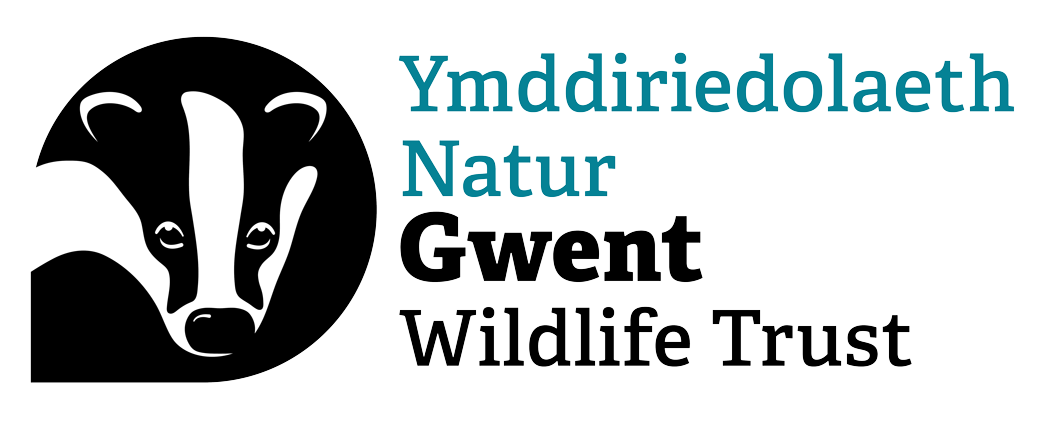Search
Chwilio
Slavonian grebe
The rare Slavonian grebe is an attractive diving bird with distinctive, golden ear tufts that give rise to its American name - 'horned grebe'.
Brown rat
The brown rat has a bad reputation, but it mostly lives side-by-side with us without any problems. It can be seen in any habitat.
Spiny spider crab
The spiny spider crab lives up to its name in every way! Their distinctive spiny shells are often found washed up on beaches.
Bladder wrack
This brown seaweed lives in the mid shore and looks a bit like bubble wrap with the distinctive air bladders that give it its name.
Yellow star-of-Bethlehem
The Yellow star-of-Bethlehem is a woodland plant that lives up to its name - it displays starry, gold flowers in an umbrella-like cluster in early spring.
Water shrew
The large, dark grey water shrew lives mostly in wetland habitats. It's a good swimmer that hunts for aquatic insects and burrows into the banks.
Welsh poppy
The Welsh poppy is a plant of damp and shady places, roadsides and hillsides. It is also a garden escapee. It flowers over summer, attracting nectar-loving insects.
On Our Reserves - October 2024 Update
Find out what our staff and volunteers have been up to this month on our reserves and more importantly - why!
On Our Reserves - November 2024 Update
Find out what our staff and volunteers have been up to on our reserves this month and more importantly - why!
On Our Reserves - January 2025 Update
Find out what our staff and volunteers have been up to on our reserves this month and more importantly - why!
On Our Reserves - February 2025 Update
Find out what our staff and volunteers have been up to on our reserves this month and more importantly - why!
